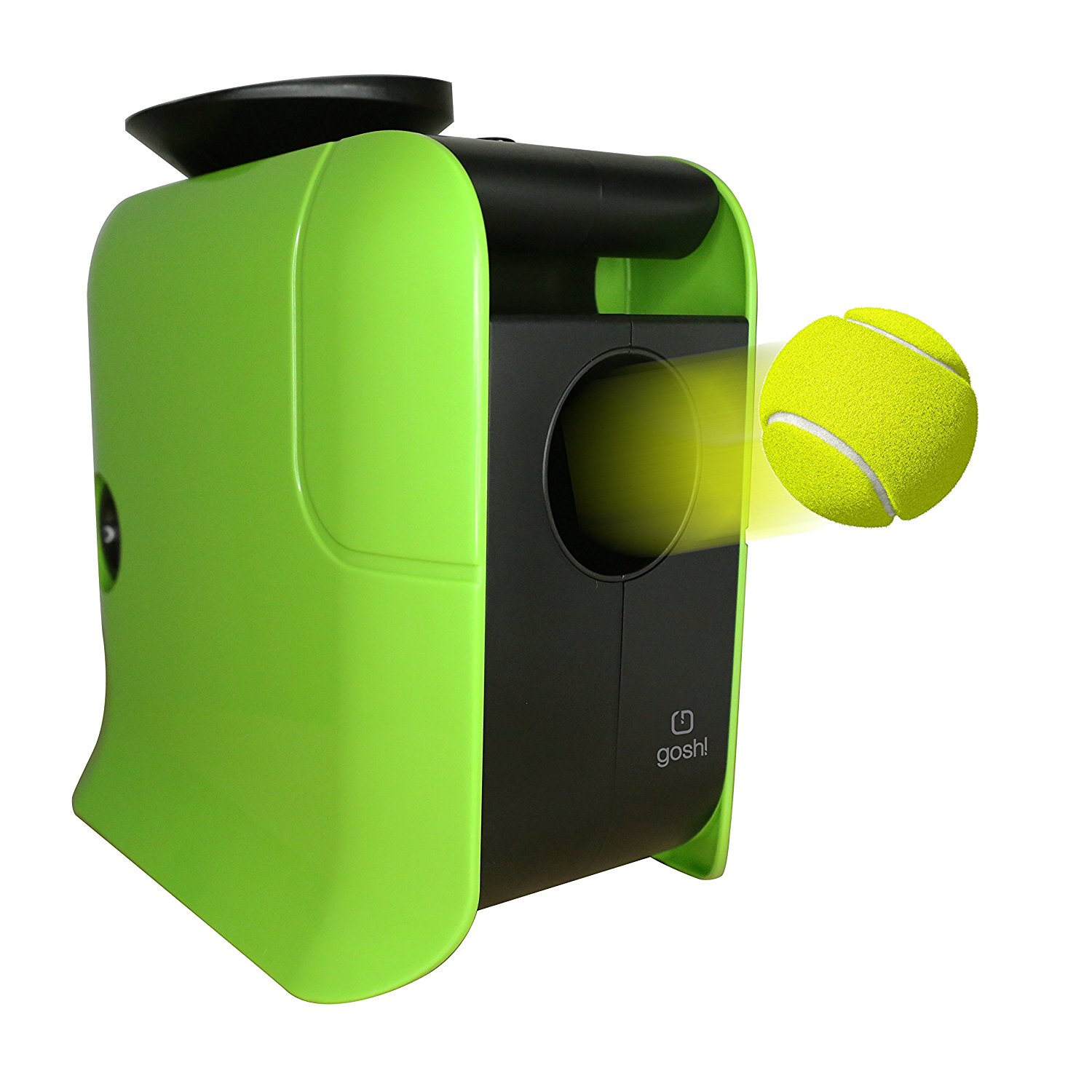Every further improvement made in the field of robotics usually provokes varied reactions that run the full nerdy gamut from “Oh em gee, amazing” to “Next step: Skynet”. This recent development coming from the Tehnical University of Munich (TUM) likely won’t be the exception, though I’m personally more inclined towards the pleasantly impressed end of the spectrum.
The invention isn’t a new robot in itself but rather, an attempt at providing robots with a sense of touch as possibly multi-layered and functional as that of human beings’. We’re talking, in other words, about artificial skin. The engineer responsible for it is Philip Mittendorf and the structure he came up with resembles a honeycomb in which each hexagonal cell is equipped with four infrared sensors. These are capable of detecting whenever a foreign object/person/stimulus comes within a 1 cm (0.39 inches) distance of the robot so that it can react accordingly, either by moving away or by pausing to examine whatever it was that activated the sensors.
The plates are rigid, 5 cm square (0.77 square in) in size and each of them -on top of being a tactile sensor- operates as a hub that stores information about different sensory elements to enable rerouting in case something fails and the data can’t be processed centrally. Moreover, the plates are embedded with six temperature sensors and an accelerometer and they’re flexible enough (structure-wise) to allow expansion through the addition of other specific sensors such as pressure . The sensors have so far been attached to a robotic Kuka arm and a Bioloid robot and although the project is a work in progress, it works and it’s quite something to see it in action, as portrayed on the video below.
If you dig robots you should also take a look at SWITL Lifting Robot Is Like Magic, Tiny Robots Work Together In Swarm and Gravity Defying Robot.











